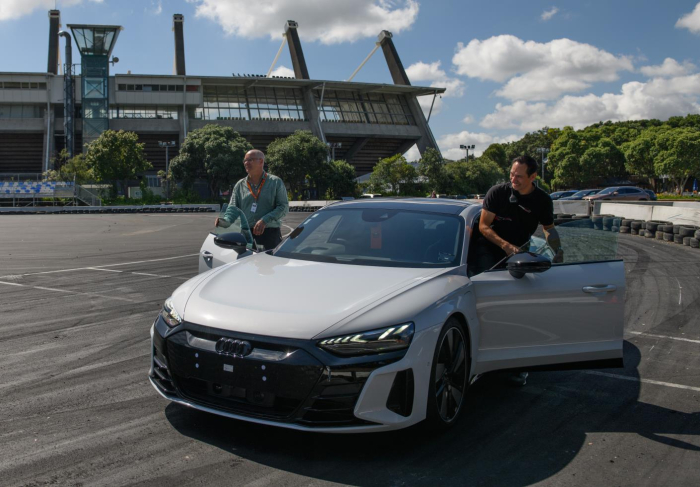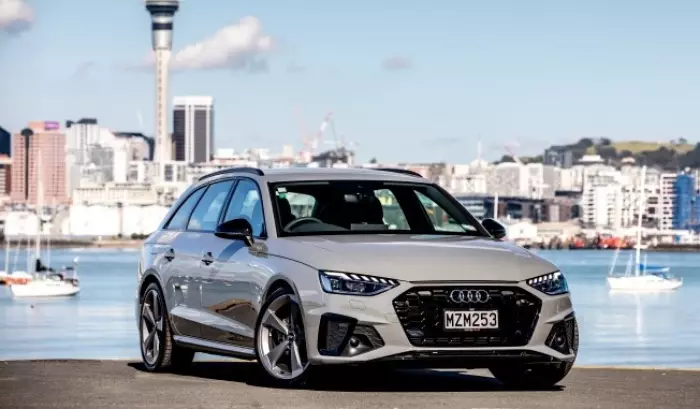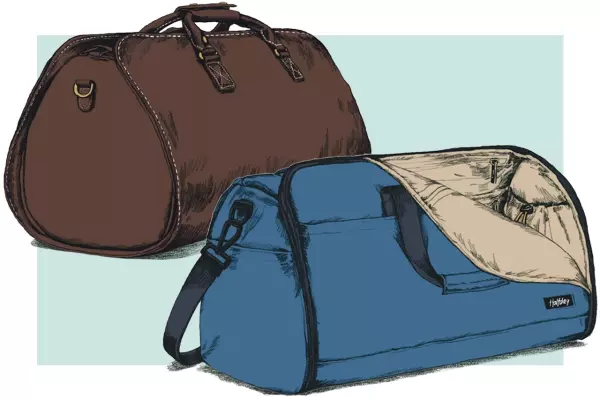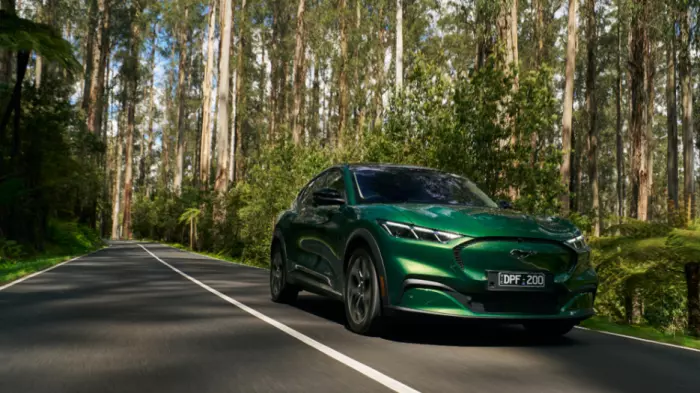Whether you want to hire a vehicle for a month or for a year, luxury car rental firm Sixt has developed a subscription service that works for a whole range of driving enthusiasts.
It’s a sunny day at Mt Smart Stadium in Auckland when BusinessDesk picks the brains of Sixt's New Zealand chief, Dane Fisher, on what the future of vehicle subscription looks like.
The firm has lined up a wide variety of its slick fleet for invited media representatives, many of whom are getting to pretend they're on Drive to Survive – even if most would be better suited to Top Gear.
The squeals of a Mercedes EQ, Audi e-tron GT and Polestar 2 being made to sweat on the track can be heard in the background as BusinessDesk peppers Fisher with questions about how a subscription model can be successful in the rental car market.

A luxury Audi was among the Sixt subscription vehicles put through their paces during the media session at Mt Smart Stadium. (Image: Supplied)
It was Fisher who convinced the Giltrap Group to bring Sixt on board in August 2021 and then became the new subsidiary's chief executive.
His CV includes many years working for the Giltrap empire, and he remains at the centre of the action as its new retail and mobility CEO.
That role includes managing Sixt and pushing its subscription model alongside its traditional rental arm.
But Fisher is quick to say Sixt isn’t necessarily an alternative to car ownership.
“If you know the car that you want and it serves your purpose, you should buy that car,” he says.
“What we're trying to do is a bit different and it takes time to get momentum and awareness.”
Fisher says Sixt is stepping into the gap they’re seeing where they can offer a flexible solution to meet customers' needs, one that looks different, depending on where they are in life.
An empty-nester won’t want to pick up a children-friendly vehicle, just like parents of young children won’t want a subscription for a car more suited to a racetrack.

Dane Fisher says the subscription for Sixt vehicles is all-inclusive, covering servicing, maintenance and insurance. (Image: Supplied)
Grilled on the numbers, Fisher is thinking as far ahead as 2030 – "R" word or no R word.
The prospect of a recession is front of his mind, and although he can’t foretell the future, he says Sixt’s pricing will change as interest rates smooth.
Ironically, he says, the motor industry in NZ did “pretty well” during the covid pandemic for a range of reasons, the biggest one being keen travellers frustrated by NZ's border closure putting their disposable income into cars.
Now, with rising interest rates, the current fragile economy, and people flitting back overseas after two years of being stuck here, there’s “obviously a risk” – but also opportunity.
“It’s become even more relevant to have a flexible solution, because, for consumers today, there's a lot of uncertainty.”
For Sixt, subscription vehicles currently make up 50% of its rental fleet. Corporate customers account for about 10% of the rental mix and Fisher says they're still a small part of the market.
He says a one-year lease is about 5% to 10% more expensive than a three-year one, “but we're all-inclusive – servicing, maintenance and insurance. So, if you need flexibility, I think it's a pretty small price to pay.”
Fisher believes there’s potential to double the premium market thanks to subscriptions being a game changer.
“Subscriptions cover everything, from sole traders that want to renew their car each year, to the seasonal fleet."
Sixt’s luxury car range includes the McLaren GT, Porsche Cayenne and Aston Martin DBX, with EV options being the Audi e-tron GT, Mercedes-Benz EQA and the Polestar 2.
But “traditional favourites” are also available, including Japanese fail-safes like the Corolla, Yaris and X-Trail, Fisher says.
“We're suggesting most of your fleet would be a traditional lease, but some of your fleet could be a subscription for full cars or contractors. So it's not A or B. We can work together.”














